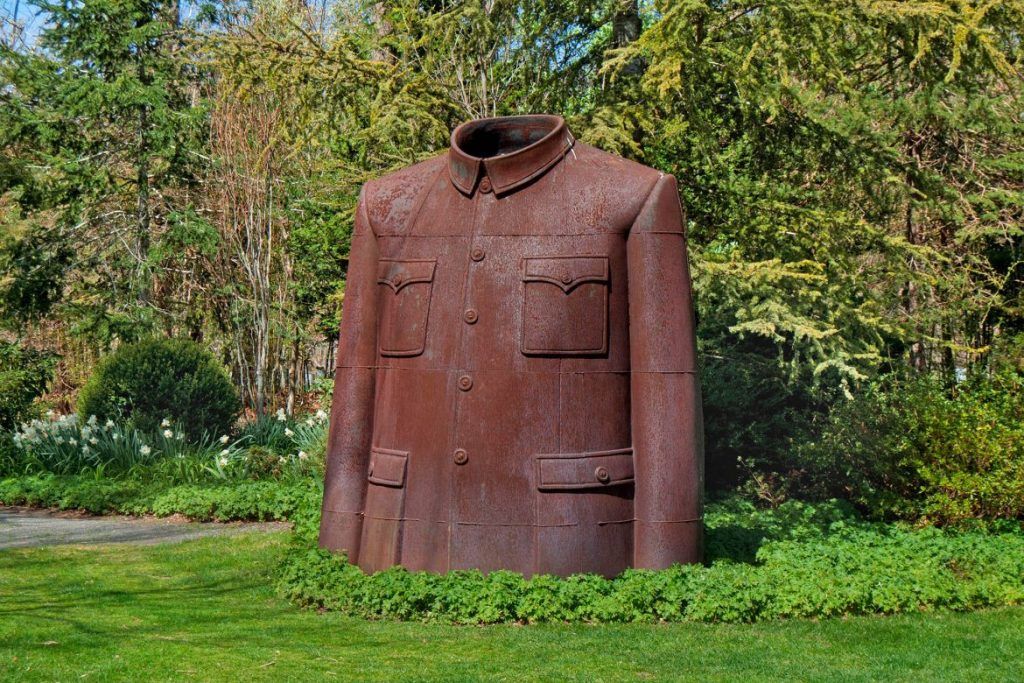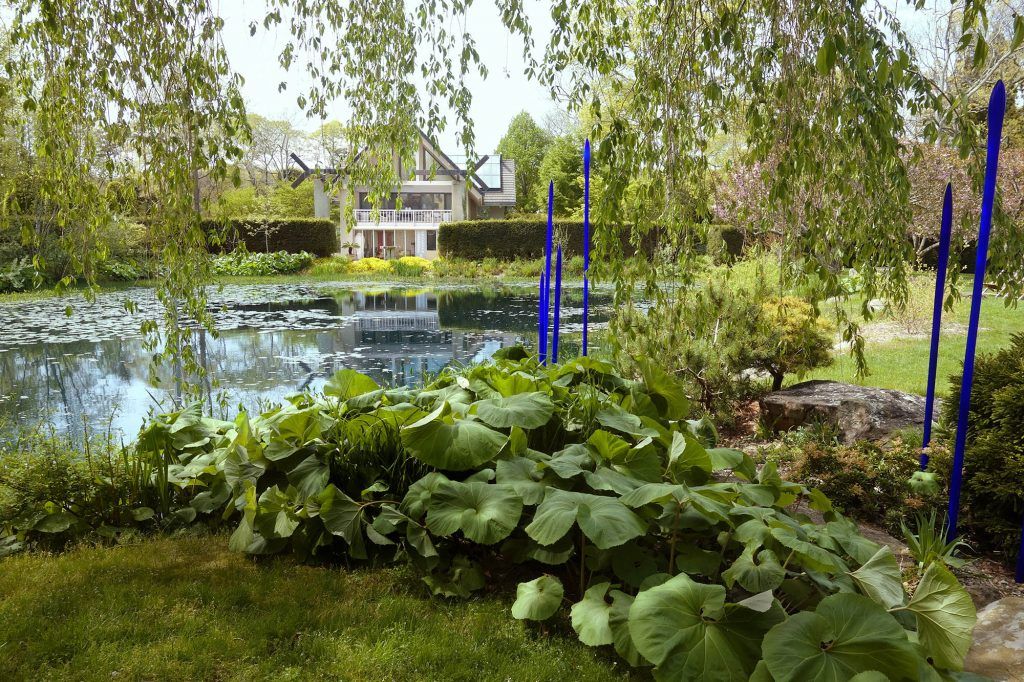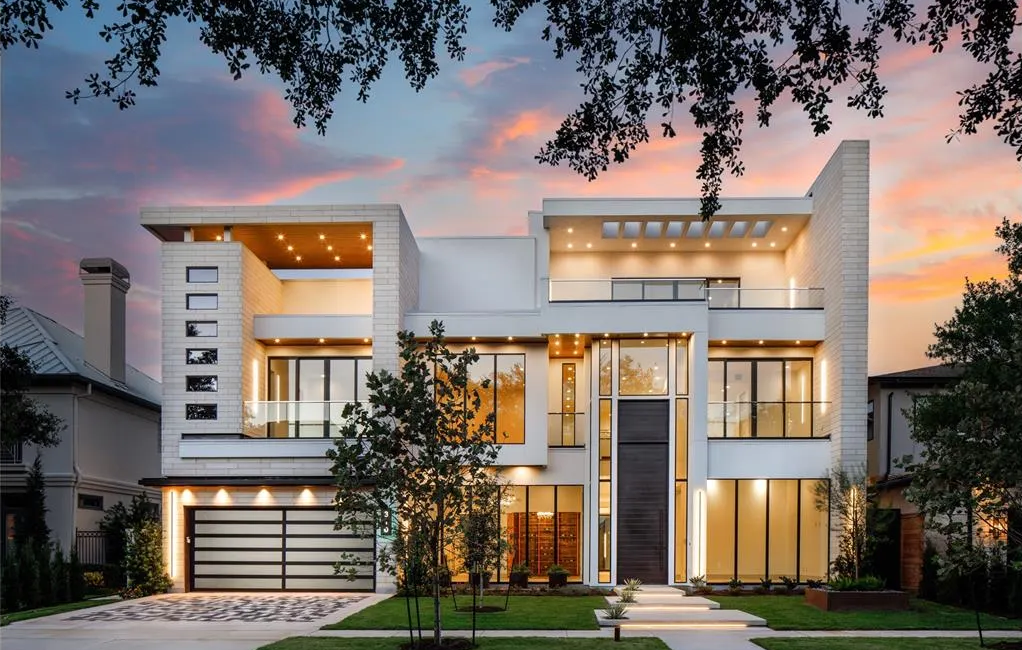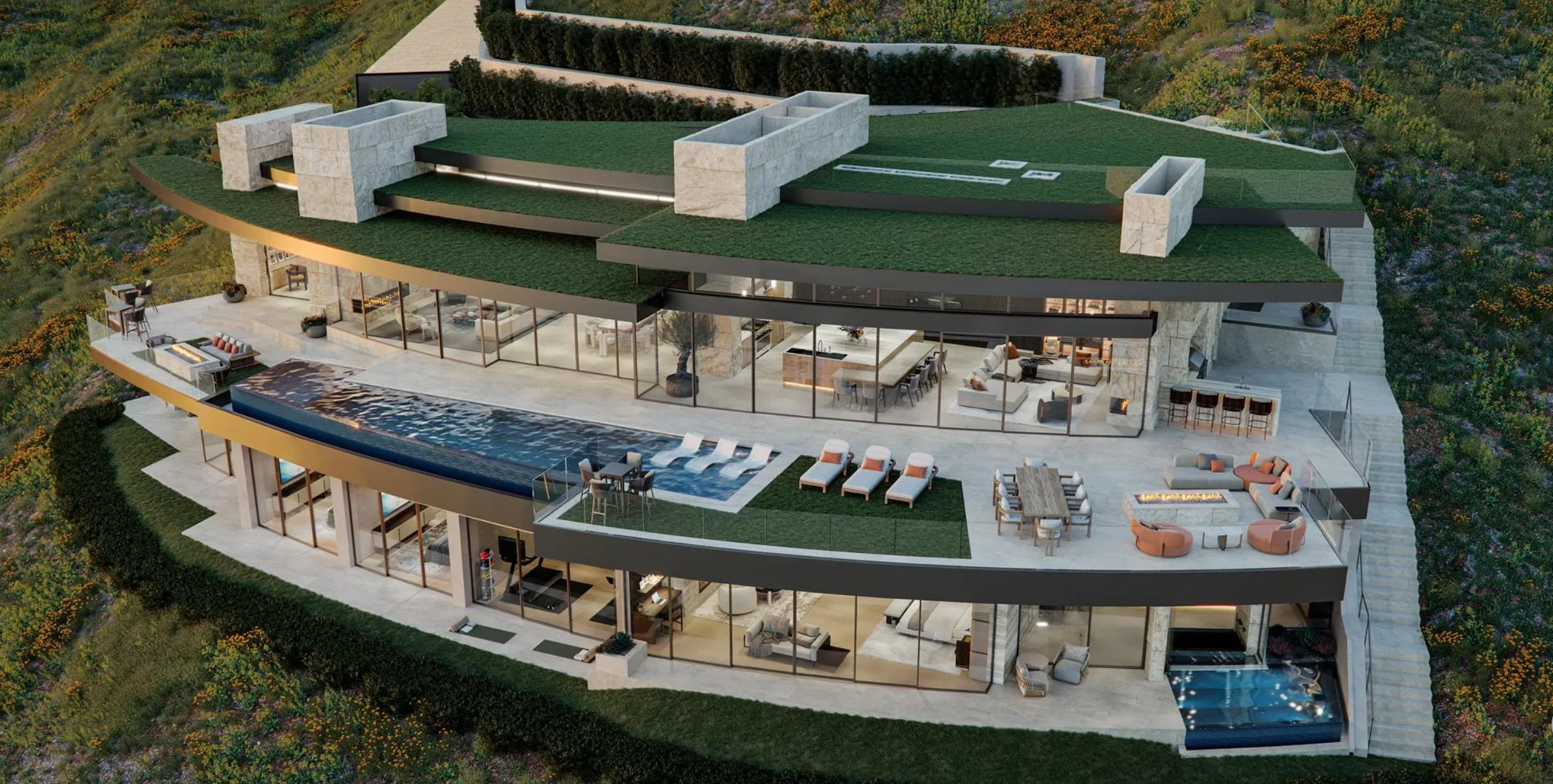PropertiesPlaces
A Look Inside East Hampton’s LongHouse Reserve
by Elliman Editors
May 2018
It’s a bold awakening: one million daffodils bursting into bloom at once. But that’s not enough for Jack Larsen, founder of LongHouse Reserve in East Hampton, who enjoys a play of abundance juxtaposed with isolation. That’s why in his red garden, vibrant red pillars guide the eye down a rolling green to a single ceramic vase. So while the flowers number in the millions, they’re offset by sculptures that hit you like a splash of cold water when you happen upon them in a serene grove.
Larsen created LongHouse Reserve 26 years ago on 16 wooded acres on the border of what he refers to as the Great North Woods. For those in the East Hampton real estate game these days, the area is now referred to as the Northwest Woods, but when Larsen first purchased the land in 1975 it was almost as uncharted as some of the more adventurous locales to which he’d traveled. And Jack Larsen has traveled far.
As the preeminent textile designer of the 20th century, Larsen traveled all over the world, gleaning much of his inspiration from his extensive time in Asia. His fabrics may be woven from lessons learned in Beijing and Manchuria, but his gardens are also inspired by a Japanese sensibility.
“I was in Japan 39 times,” explains Larsen, who recently celebrated his 90th birthday, “and usually in the winter. The gardens are as good in the winter as they are in the summer. The way they prop up the trees—it’s quite sculptural. They’re also durable.”
That’s why he has always thought of the LongHouse gardens as perfect for all seasons. Alex Feleppa, horticulturist, thinks about the sequence of plantings and the way each season can bring its own surprises. “In spring we see blossoming cherries, azaleas and rhododendron,” says Feleppa. “Now we’re pushing to take that bloom sequence and carry it through the summer, into fall, and into the dormancy of winter.”
Larsen’s background in textile art weaves into the gardens seamlessly. He brought back Asian influences to the architecture and sculpture as well as the grounds. In 1986 he built the longhouse structure on the property. Inspired by a Shinto shrine in Japan, the house is where he resides, even though parts of it are open to the public. There are regular art exhibitions downstairs, which open up during Rites of Spring and other annual festivals at LongHouse.
Play It By Trust, 1999, Yoko Ono, marble dust, concrete, 36 X 198 x 198″, permanent loan, courtesy of the artist, 2008
Legacy Mantle (Mao Jacket), 2002, Cast iron, 117 58 x 97 36 X 57 58”, collection of Larry Warsh
Cobalt Reeds, 2000, Dale Chihuly, glass blown, variable dimensions (50 to 96″ H), LHR collection, gift of the artist, 2003
Each year new works are on display at Rites of Spring, contributing to the more than 60 contemporary sculptures nestled on the grounds. Some long-standing highlights include Willem de Kooning’s Reclining Figure, which seems to be tumbling head over heels under an Atlas cedar. Yoko Ono’s Play It by Trust, which was given on loan by the artist 17 years ago, has made itself comfortable in a clearing in the trees.
“It’s a chessboard,” says Larsen, “but every piece is white. You don’t know whose queen it is, except by trust. We could avoid war if we thought like that.”
Mao Jacket, an imposing piece by Chinese artist Sui Jianguo, and Axis for Peace by Kyoto native Mariyo Yagi have become newer classics. Axis for Peace is a spire of color so tall you can see it from the road, lodged in a grassy amphitheater.
“The amphitheater is 30 years old,” says Larsen, “and to suddenly have this bloom out of it has been very successful.”
Many of the artists who show at LongHouse loaned their pieces without a timeline, and have been so happy with how their art exists on the grounds that they’ve allowed it to stay much longer than originally planned. That’s because of the way Larsen, a weaver by trade, has woven art and nature into one perfect tapestry.
“We bring these sculptures out of the gallery, and they have a living, breathing quality to them,” says Matko Tomicic, executive director of LongHouse. “You take a piece out from four white walls, into the sun and the shadow, and it adds new dimensions.”
Explore our available properties near LongHouse Reserve.





